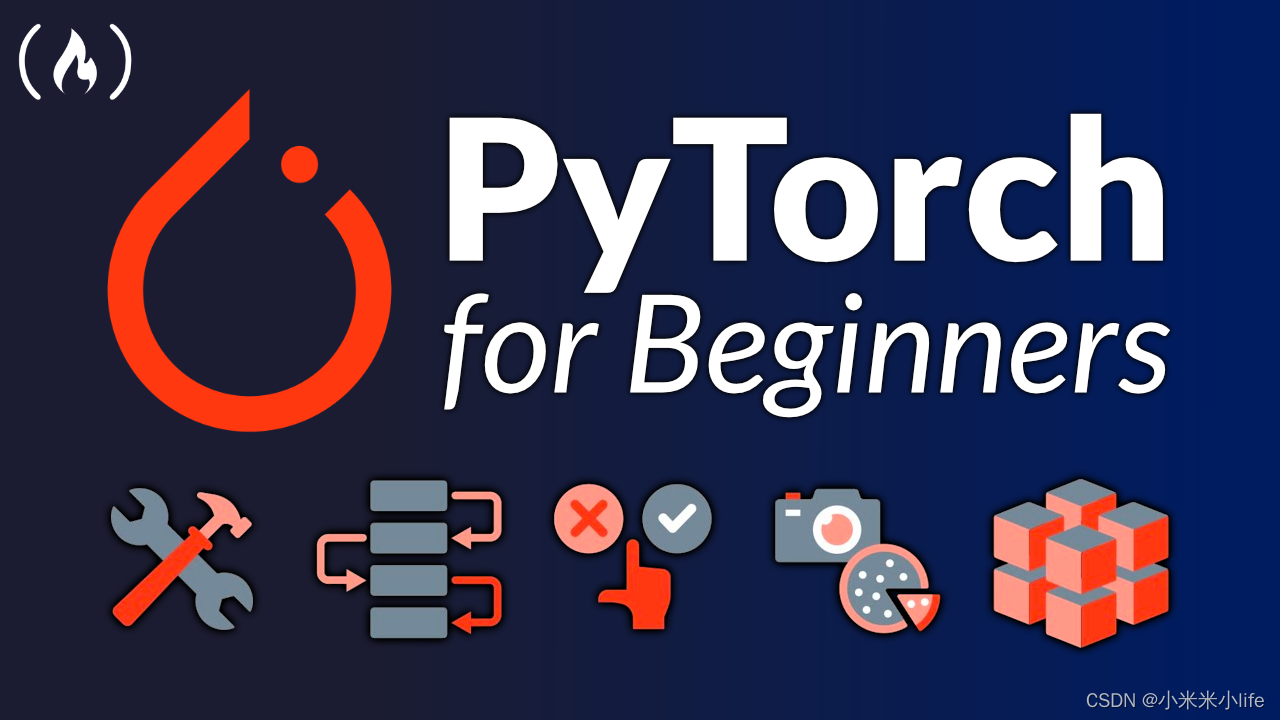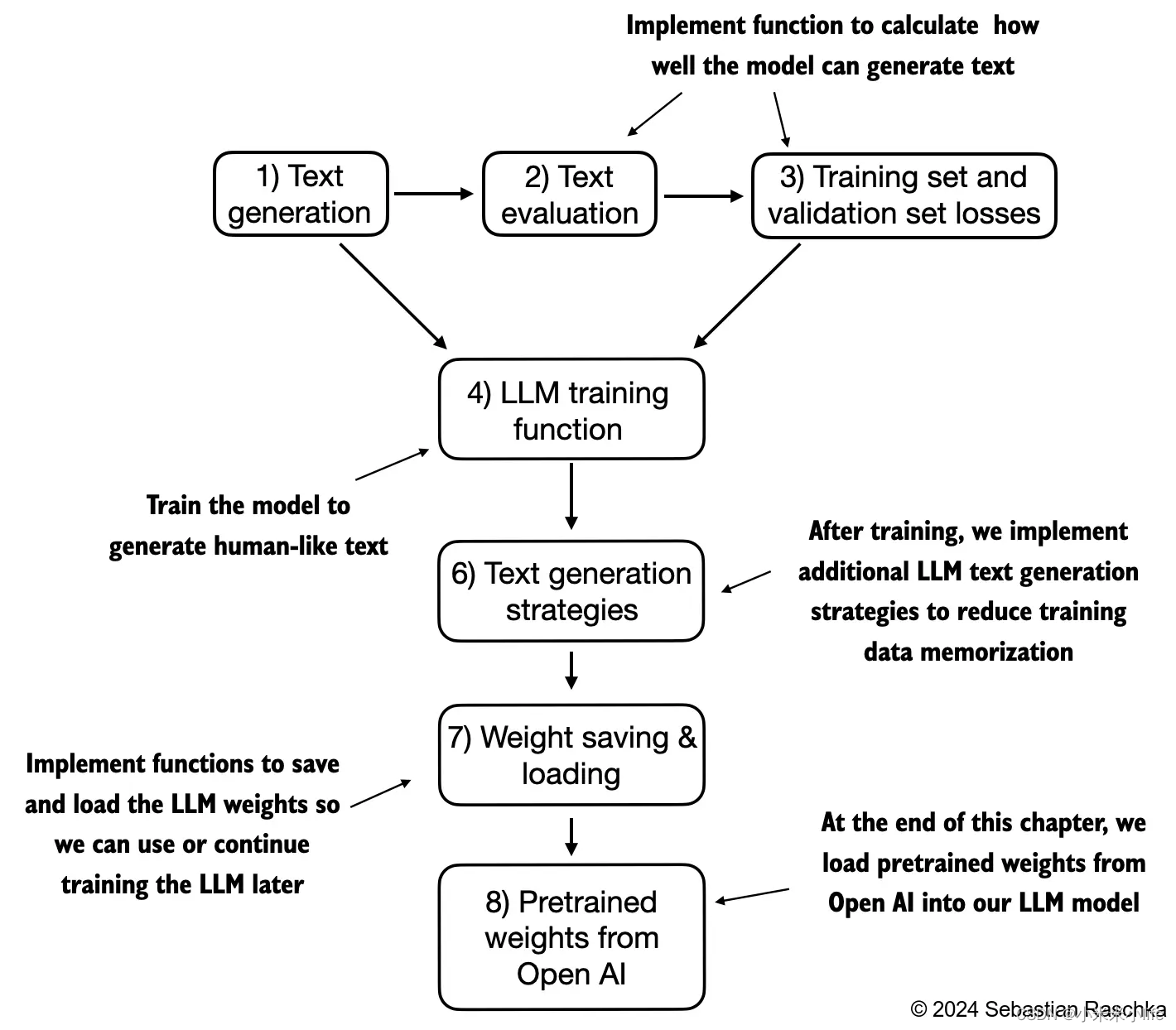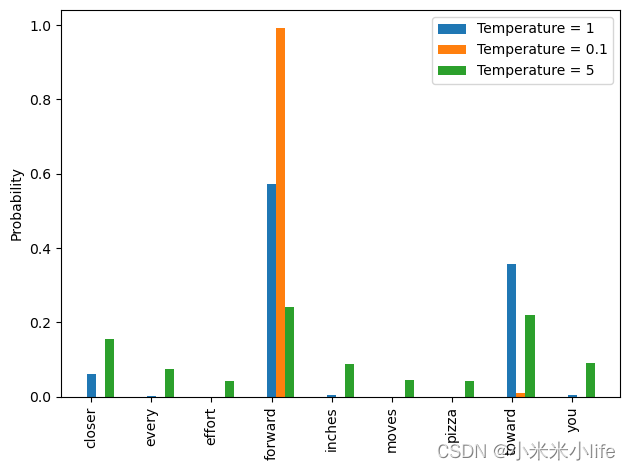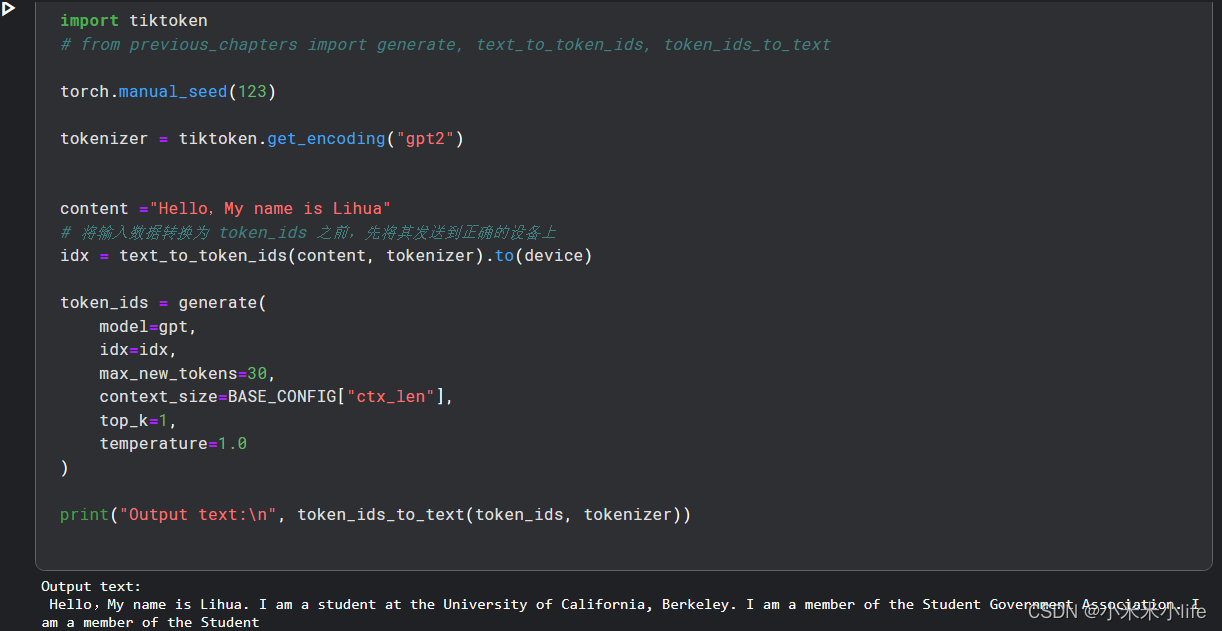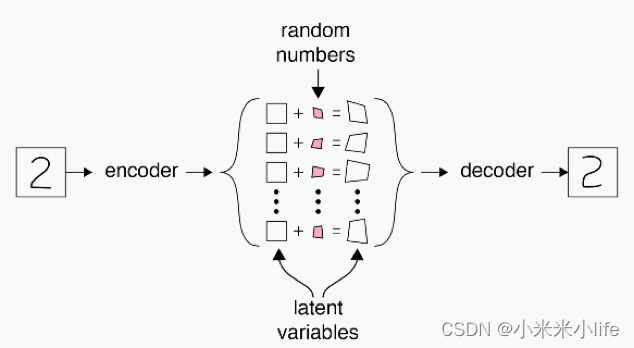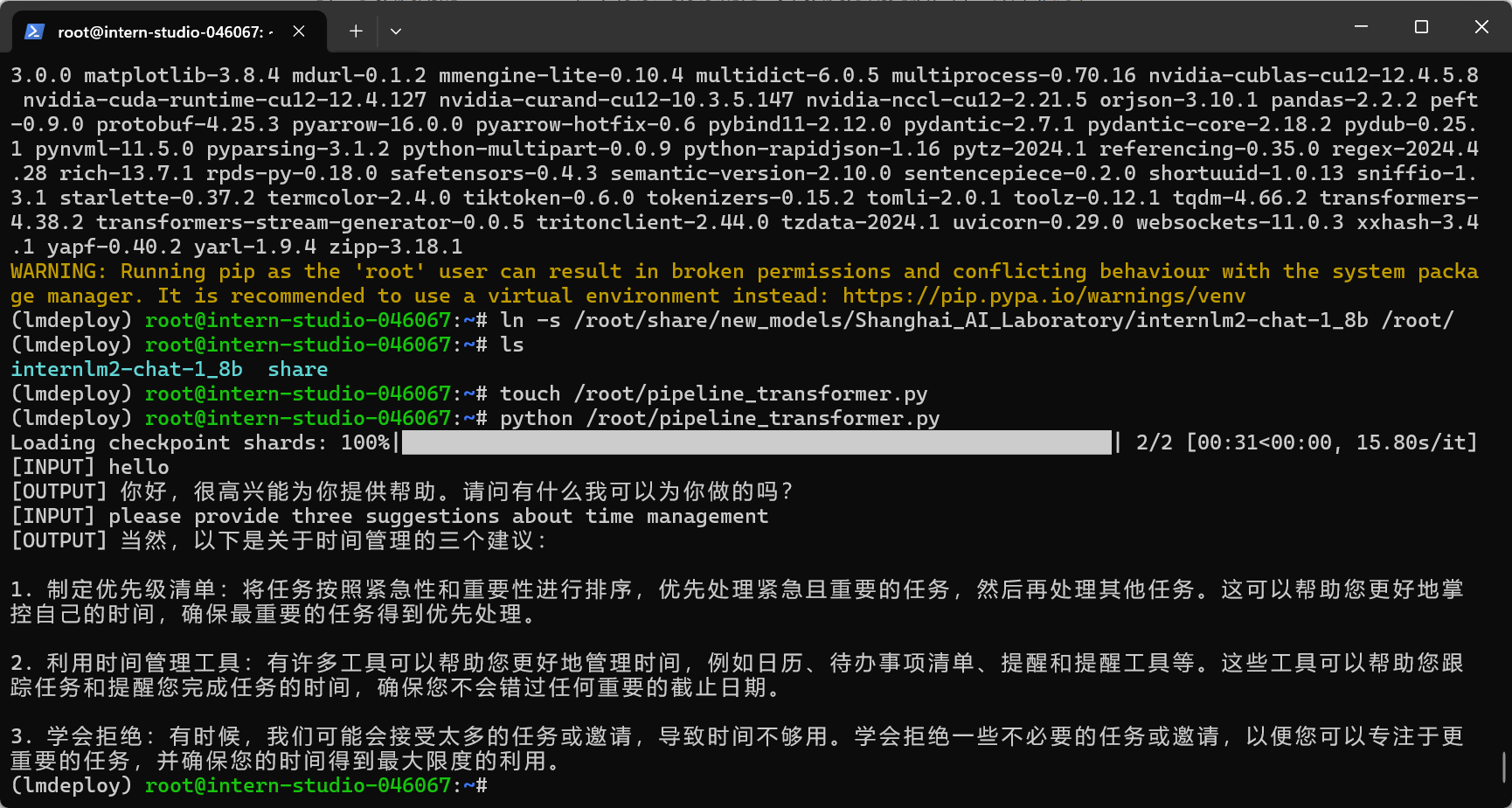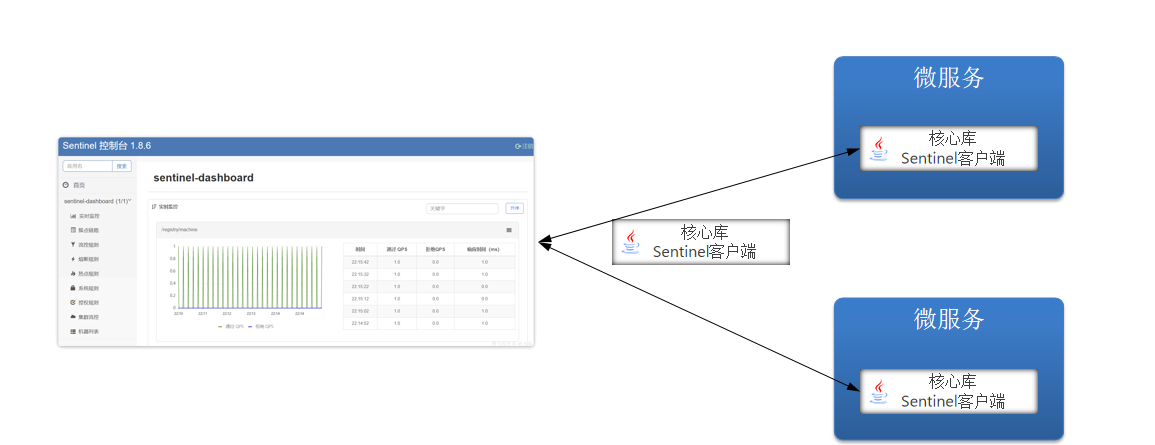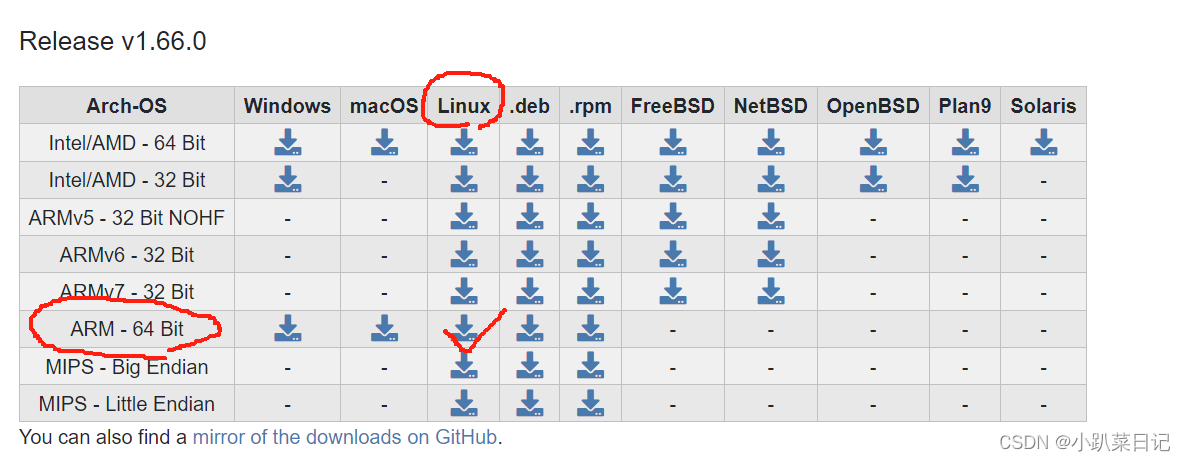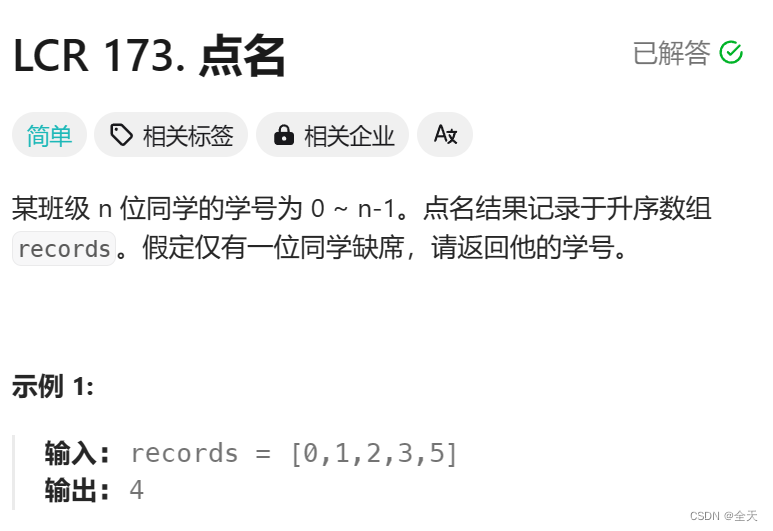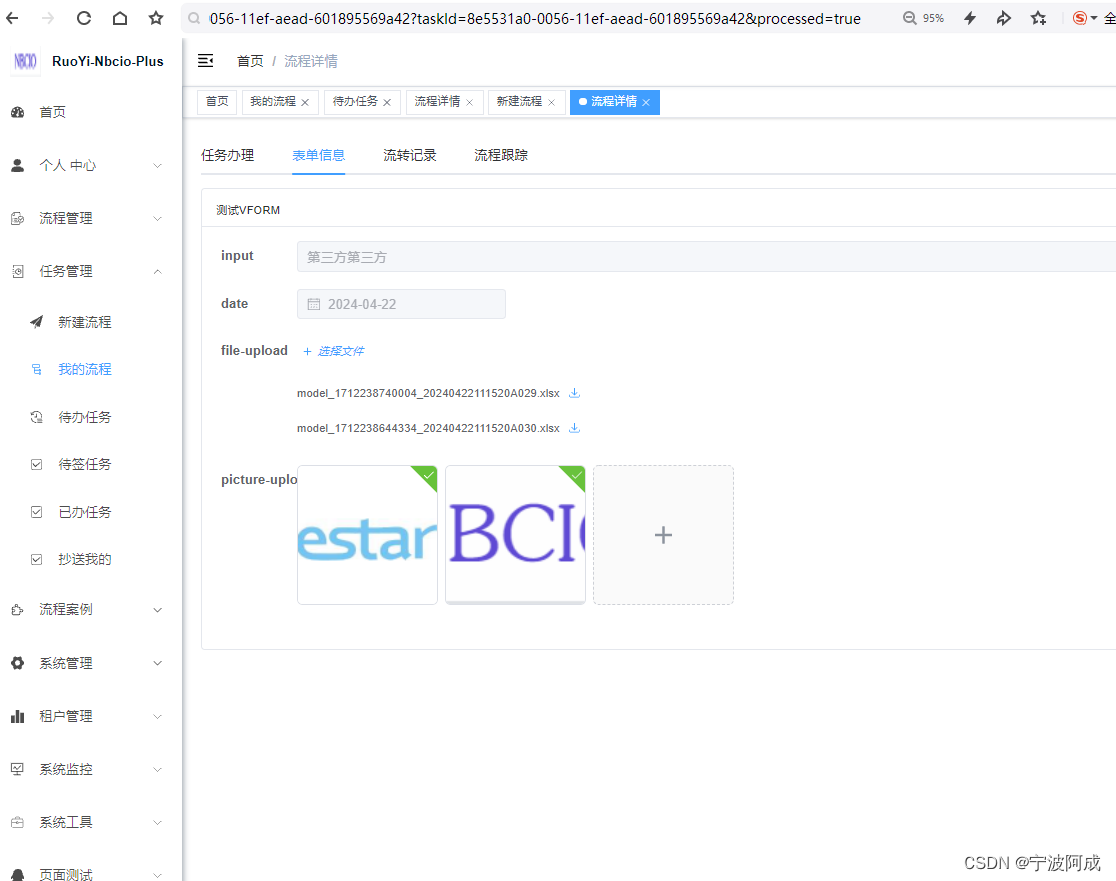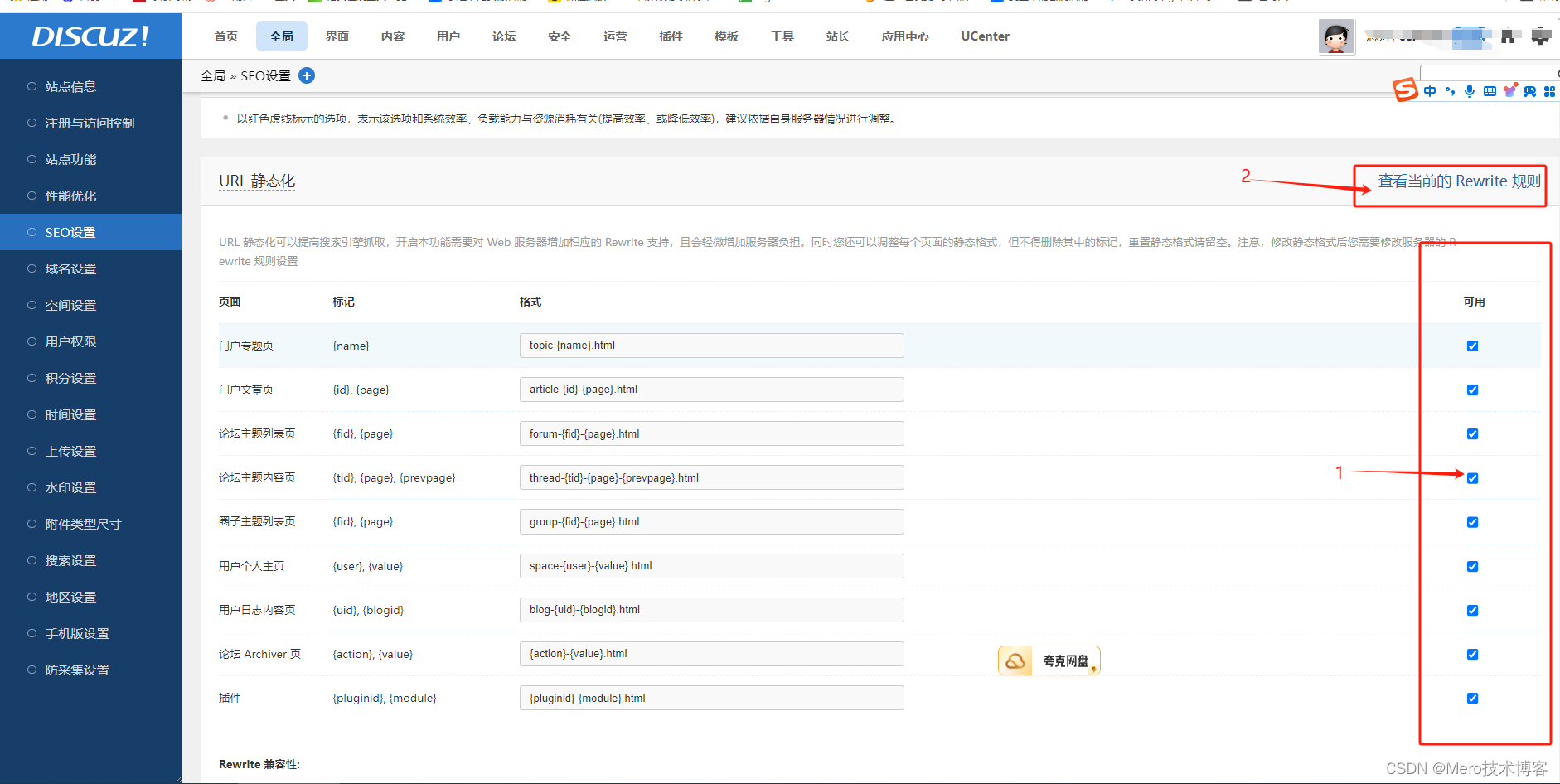摘要:今天想整理一下Pytorch常用操作,以便以后进行预习(不是)
1.多层神经网络的实现
这是常用的操作,要会
class NeuralNetwork(torch.nn.Module):
def __init__(self, num_inputs, num_outputs):
super().__init__()
self.layers = torch.nn.Sequential(
# 第一个隐藏层
torch.nn.Linear(num_inputs, 30),
torch.nn.ReLU(),
# 第二个隐藏层
torch.nn.Linear(30, 20),
torch.nn.ReLU(),
# 输出层
torch.nn.Linear(20, num_outputs),
)
def forward(self, x):
logits = self.layers(x)
return logits
model = NeuralNetwork(50, 3)
print(model)
NeuralNetwork(
(layers): Sequential(
(0): Linear(in_features=50, out_features=30, bias=True)
(1): ReLU()
(2): Linear(in_features=30, out_features=20, bias=True)
(3): ReLU()
(4): Linear(in_features=20, out_features=3, bias=True)
)
)
2. 训练轮次示例
import torch.nn.functional as F
torch.manual_seed(123)
model = NeuralNetwork(num_inputs=2, num_outputs=2)
optimizer = torch.optim.SGD(model.parameters(), lr=0.5)
num_epochs = 3
for epoch in range(num_epochs):
model.train()
for batch_idx, (features, labels) in enumerate(train_loader):
logits = model(features)
loss = F.cross_entropy(logits, labels) # 损失函数
optimizer.zero_grad()
loss.backward()
optimizer.step()
### 日志
print(f"Epoch: {epoch+1:03d}/{num_epochs:03d}"
f" | Batch {batch_idx:03d}/{len(train_loader):03d}"
f" | Train/Val Loss: {loss:.2f}")
model.eval()
# 可选的模型评估指标
Epoch: 001/003 | Batch 000/002 | Train/Val Loss: 0.75
Epoch: 001/003 | Batch 001/002 | Train/Val Loss: 0.65
Epoch: 002/003 | Batch 000/002 | Train/Val Loss: 0.44
Epoch: 002/003 | Batch 001/002 | Train/Val Loss: 0.13
Epoch: 003/003 | Batch 000/002 | Train/Val Loss: 0.03
Epoch: 003/003 | Batch 001/002 | Train/Val Loss: 0.00
3. 保存并加载模型
就一句话
torch.save(model.state_dict(), "model.pth")
4. 使用GPU加速训练
我们常常说的CUDA就是在GPU上训练
import torch
# 显示PyTorch是否支持GPU
print(torch.cuda.is_available())
如果显示True,则代表可以用GPU,否则则要用CPU
# 根据设备可用情况选择设备
device = torch.device("cuda" if torch.cuda.is_available() else "cpu")
5. 使用上面所教,进行一次训练
创建了一个简单的神经网络模型来对二分类问题进行训练,并且使用了 PyTorch 提供的 Dataset 和 DataLoader 类来加载数据集并进行批处理。此外,你还定义了一个函数来计算模型的准确率。
import torch
X_train = torch.tensor([
[-1.2, 3.1],
[-0.9, 2.9],
[-0.5, 2.6],
[2.3, -1.1],
[2.7, -1.5]
])
y_train = torch.tensor([0, 0, 0, 1, 1])
X_test = torch.tensor([
[-0.8, 2.8],
[2.6, -1.6],
])
y_test = torch.tensor([0, 1])
from torch.utils.data import Dataset
class ToyDataset(Dataset):
def __init__(self, X, y):
self.features = X
self.labels = y
def __getitem__(self, index):
one_x = self.features[index]
one_y = self.labels[index]
return one_x, one_y
def __len__(self):
return self.labels.shape[0]
train_ds = ToyDataset(X_train, y_train)
test_ds = ToyDataset(X_test, y_test)
from torch.utils.data import DataLoader
torch.manual_seed(123)
train_loader = DataLoader(
dataset=train_ds,
batch_size=2,
shuffle=True,
num_workers=1,
drop_last=True
)
test_loader = DataLoader(
dataset=test_ds,
batch_size=2,
shuffle=False,
num_workers=1
)
class NeuralNetwork(torch.nn.Module):
def __init__(self, num_inputs, num_outputs):
super().__init__()
self.layers = torch.nn.Sequential(
# 第一个隐藏层
torch.nn.Linear(num_inputs, 30),
torch.nn.ReLU(),
# 第二个隐藏层
torch.nn.Linear(30, 20),
torch.nn.ReLU(),
# 输出层
torch.nn.Linear(20, num_outputs),
)
def forward(self, x):
logits = self.layers(x)
return logits
# 使用accuracy(准确率)作为指标
def compute_accuracy(model, dataloader, device):
model = model.eval()
correct = 0.0
total_examples = 0
for idx, (features, labels) in enumerate(dataloader):
# 将数据移动到指定的设备上
features, labels = features.to(device), labels.to(device) # New
with torch.no_grad():
logits = model(features)
# 获取预测结果并计算准确数量
predictions = torch.argmax(logits, dim=1)
compare = labels == predictions
correct += torch.sum(compare)
total_examples += len(compare)
# 计算并返回准确率
return (correct / total_examples).item()
import torch.nn.functional as F
# 设置随机数种子,以确保可复现性
torch.manual_seed(123)
# 创建神经网络模型
model = NeuralNetwork(num_inputs=2, num_outputs=2)
# 根据设备可用情况选择设备
device = torch.device("cuda" if torch.cuda.is_available() else "cpu")
# 将模型移动到所选设备上
model = model.to(device)
# 定义优化器,使用随机梯度下降 (SGD)
optimizer = torch.optim.SGD(model.parameters(), lr=0.5)
# 定义训练循环的 epoch 数量
num_epochs = 3
for epoch in range(num_epochs):
model.train()
for batch_idx, (features, labels) in enumerate(train_loader):
features, labels = features.to(device), labels.to(device)
logits = model(features)
loss = F.cross_entropy(logits, labels) # 损失函数
optimizer.zero_grad()
loss.backward()
optimizer.step()
### 训练日志
print(f"Epoch: {epoch+1:03d}/{num_epochs:03d}"
f" | Batch {batch_idx:03d}/{len(train_loader):03d}"
f" | Train/Val Loss: {loss:.2f}")
model.eval()
print('accuracy',str(compute_accuracy(model, train_loader, device=device)))
Epoch: 001/003 | Batch 000/002 | Train/Val Loss: 0.75
Epoch: 001/003 | Batch 001/002 | Train/Val Loss: 0.65
Epoch: 002/003 | Batch 000/002 | Train/Val Loss: 0.44
Epoch: 002/003 | Batch 001/002 | Train/Val Loss: 0.13
Epoch: 003/003 | Batch 000/002 | Train/Val Loss: 0.03
Epoch: 003/003 | Batch 001/002 | Train/Val Loss: 0.00
accuracy:1.0

